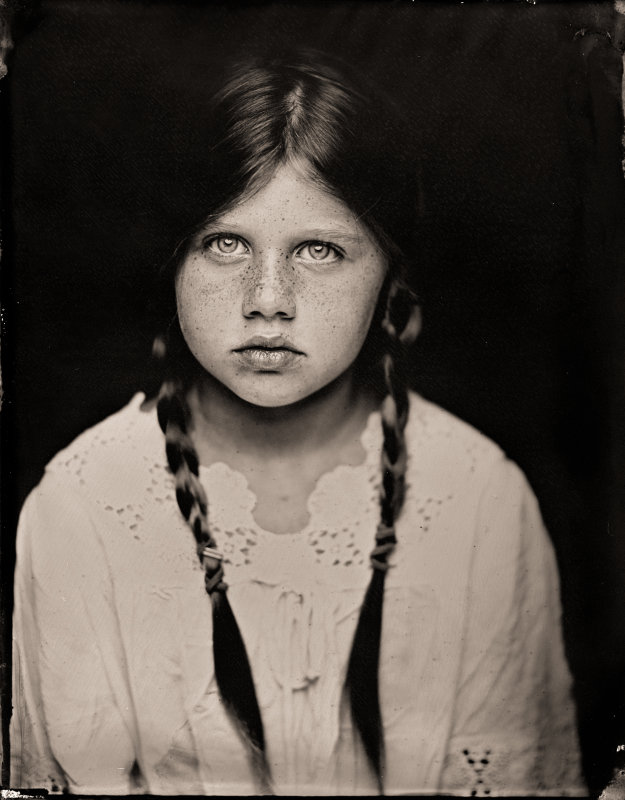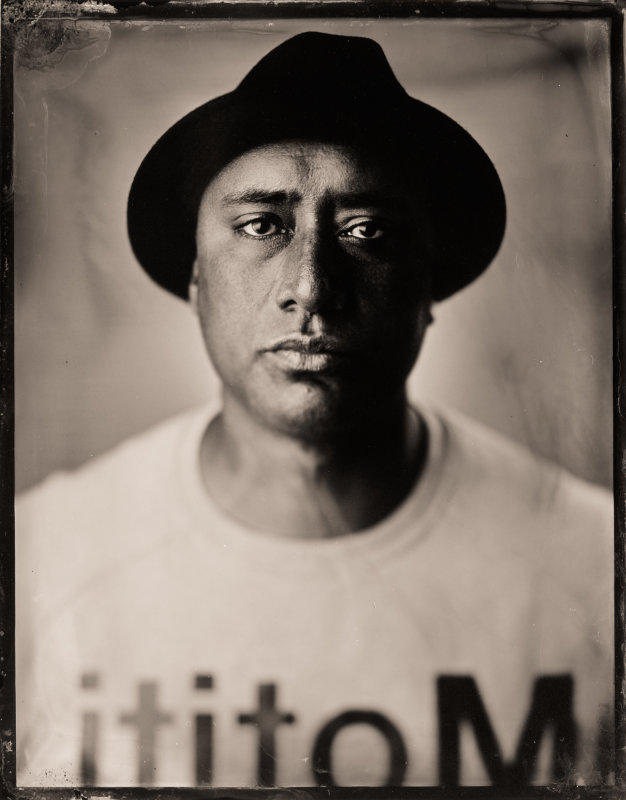Photog Blog Series: Paul Alsop

Believe it or not, but people have been taking photographs for almost 200 years now. In that time we’ve gone from taking blurry, long-exposure landscapes on metal plates to recording every aspect of our lives with HD digital cameras in our pockets.
It’s easy to think of old technology as dead or obsolete. At MOTAT, we love to show just how alive and exciting it still can be. As part of our Love / Science exhibition, we are profiling four talented photographers who share MOTAT’s passion for new technology while still keeping old tech ticking.
Paul M Alsop first discovered his interest in photography through another of his interests: tropical fish. While in the UK in 2004, Paul began photographing the coral reef environments he created in fish tanks. The challenge of capturing good shots led Paul to not only learn about photography, but also to upgrade his equipment. He later moved on to landscape photography with a Canon 30D.
After moving to Aotearoa New Zealand in 2010, he established himself in Thames working as a doctor at the hospital. Still a keen photographer, the hospital’s maintenance staff set him up with a darkroom in the old boiler house. Here, his focus shifted to portraits and he realised a passion for processing black and white film and the results which can be achieved using older development techniques.
However, some of these techniques required the use of toxic chemicals – leading him to look for alternative methods. A workshop introduced him to "wet plate collodion" photography, which has been his medium of choice ever since.

'Wet plate collodion' photography was invented in 1851 by English photographer Frederick Scott Archer. The process creates a negative image on chemically-treated glass slides.
Paul is one of two people in New Zealand that regularly use this method. It is a true art form, taking days to plan and hours to shoot a single portrait.

Despite all the extra effort, Paul doesn’t see it as an obsolete technology: “It’s the detail rendered in the portraits, the orthochromatic nature of the process, and the end aesthetic that will keep this medium alive," he said.
Medium: Wet plate collodion
Format: A camera from the late 1800s that shoots 4 inches x 5 inches – creating images up to 10 x 12-inch plates. Image is rendered as a one-of-a-kind on glass or metal with liquid silver nitrate. Paul also works on a large-format camera he built out of mahogany and brass.
Camera of choice: a monorail 4 x 5-inch Toyo-View studio camera. “It provides the operator all the movements you would ever want," Paul said. "Tilt, shift, rise, fall, swing. And if nothing else, it gives me the ability to use the 'Scheimpflug principle' — a description of the geometric relationship of the plane of focus and the lens plane.”
Check out more of Paul’s work on his website and see one of his wet plate collodion self-portraits on display in Love / Science — open now.
Love / Science Photog Blog SeriesStory by Todd Dixon, Exhibitions Curator, MOTAT
CITE THIS ARTICLE:
Dixon, Todd. Photog Blog Series: Paul Alsop. New Zealand: The Museum of Transport and Technology (MOTAT). First published: 24 November 2021. URL www.motat.nz/photog-blog-series-paul-alsop